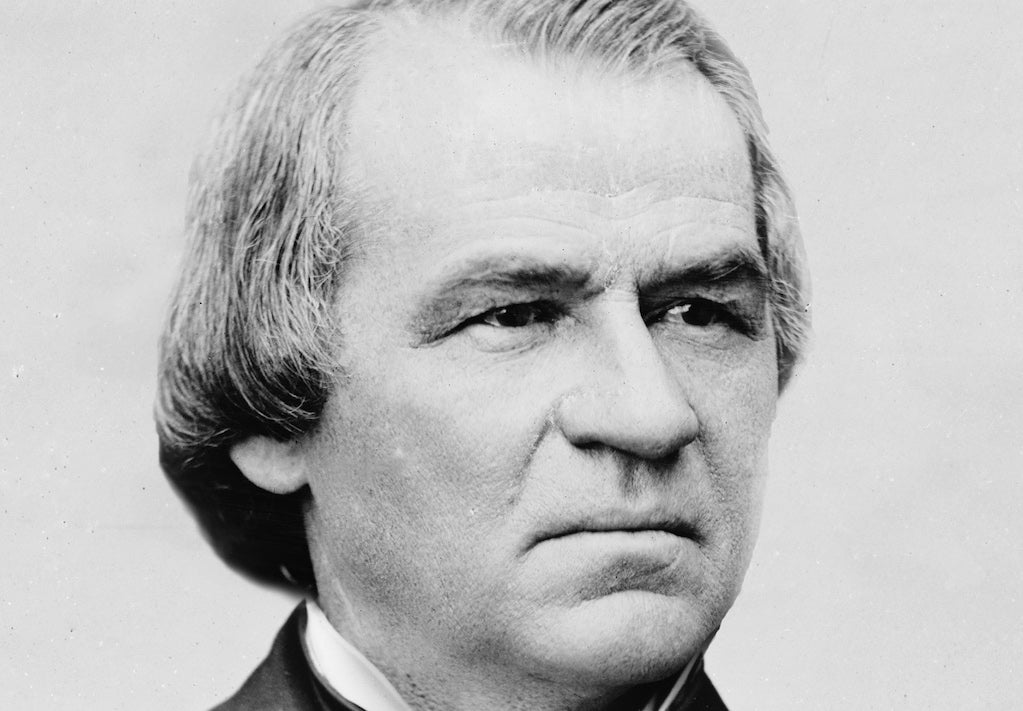On January 20, all eyes will turn toward Washington, D.C. as the 45th President of the United States takes the presidential oath. But before the most powerful office in the land changes hands, the office of Vice President will be transferred. Stephen W. Stathis and Ronald C. Moe recall vice presidential inaugurations past—ceremonies that haven’t always shared the pomp and circumstance reserved for the highest office in the land.
The history of vice presidential inaugurations is a checkered one characterized only by what Stathis and Moe call a “diversity of character and format.” Since the Constitution is much less specific about how the Vice President should take office, the ways in which the ceremony traditionally has gone down has varied widely over the years.
First, there’s the oath: Though the presidential oath is in the Constitution itself, the vice presidential one isn’t. (Rather, the founding document simply says that the VP should swear an oath upholding the Constitution.) There wasn’t always agreement on who should administer the oath, either; at first, it was Senators, over whom the Vice President presides; then the courts.
Over the years, write Stathis and Moe, the oath morphed. In the 1860s, President Lincoln added a clause that required VPs to swear they had never taken up arms against the U.S., and in 1868 it was changed again to allow those who had been Confederates to serve. Today, the VP uses that 1868 oath.
The inauguration didn’t always take place alongside the President’s, either; over the years, it bounced from time to place and for years it took place in March. Nor was it always accompanied by fanfare.
Weekly Newsletter
“Vice Presidents have exhibited widely differing attitudes and emotions towards their inauguration,” they write. “Some Vice Presidents have used the occasion to express humility at the process that had elevated them, whereas others have simply endured the ceremonial requirements or used the opportunity to pitch a sermon.” From the humiliating, like Vice President Andrew Johnson’s incoherent, possibly drunken, 1865 address, to the homespun, like Vice President John Nance Garner’s 100-word greeting to the Senate, Vice Presidential speeches are as various as the VPs themselves. They have also fallen out of fashion; on January 20th, there will be no Vice Presidential address unless a serious change in custom is made.
So how will the Vice Presidential portion of the inauguration go down in January? It will happen alongside the President’s, as it has since 1937. But no matter what, write Stathis and Moe, such inaugurations are most successful and significant when they attract little notice. “The very significance of ‘the other inauguration,’” they write, “lies in the very fact that it is accepted without question.” And whether that will occur is perhaps the biggest question of all.
Support JSTOR Daily! Join our new membership program on Patreon today.







